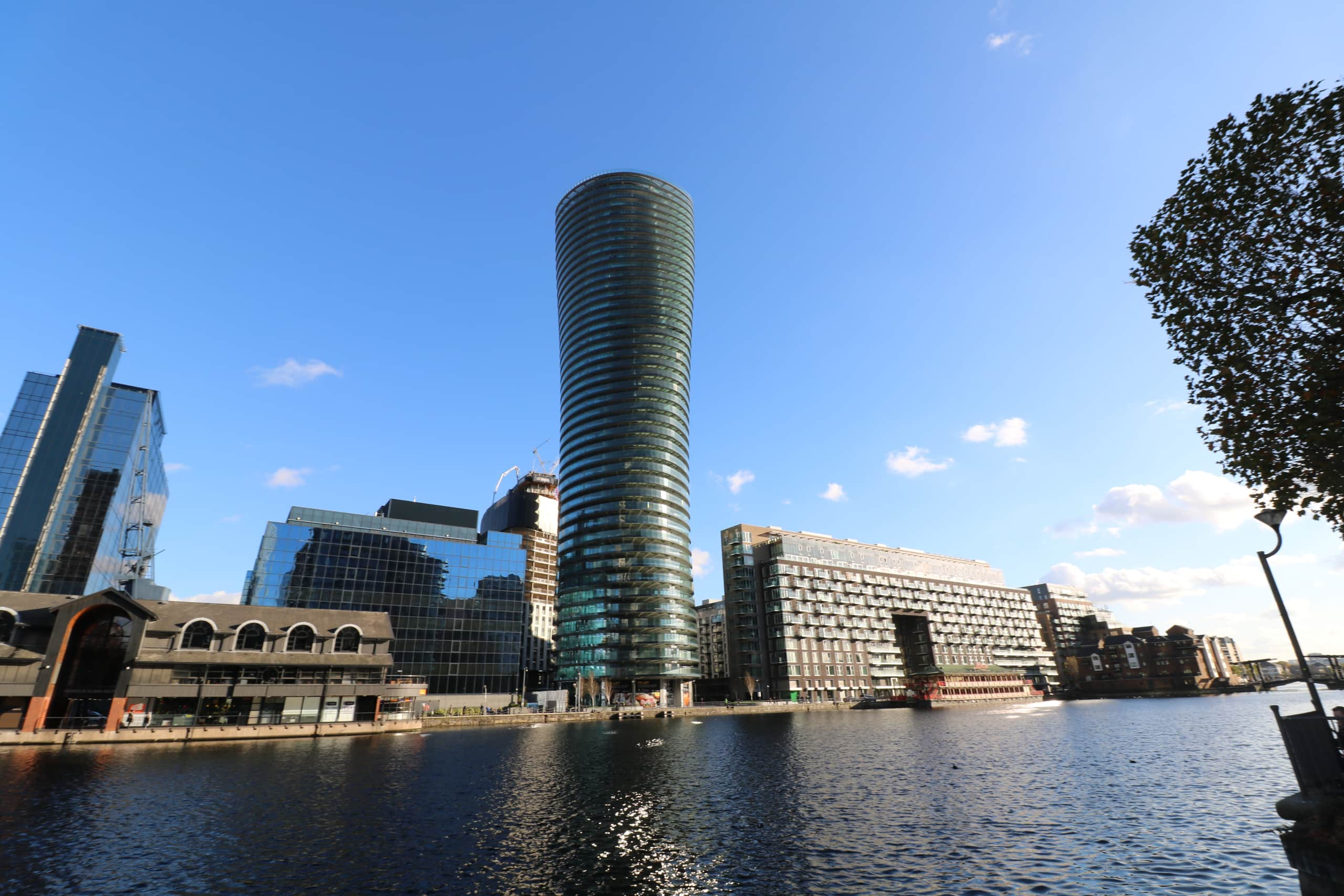Healthy, Biodiverse and Green Building
There are so many interpretations of what it is to be green and sustainable which presents major challenges in creating truly a green building. We have always had the triple-bottom-line of sustainability – profit, planet, people. Sustainability, which used to have a strong meaning, seems to have lost that because the concept is so widespread and overused to the point of dilution. Most organisations have a ‘chief sustainability officer’ but again that has lost all its meaning and is ever-changing as companies struggle to define the role with any accuracy.
Key challenges to buildings going green
The biggest challenges we are facing as a planet are twofold; accumulated carbon emissions (driving climate change) and biodiversity collapse (the extinction of plant and animal species on the planet). These are the issues that the construction industry needs to be addressing.
When we look at carbon, we can break it down into two elements – upfront carbon and operational carbon. Upfront carbon applies to new buildings and is how much carbon is going to be emitted through the creation, operation and end of life of the building. Operational carbon is the carbon produced by using electricity, gas, coal etc and water and anything else that is needed to operate the building + any refurbishments. Both of these two types of carbon emission need to be considered and balanced when designing a building.
For a green building to be truly biodiverse, designers need to look at how nature is supported in creating it. Reincorporating native planting onto the site via a green roof or façade is a positive first step. It’s important to encourage nature back to the area, providing food and habitat for the insect population as well as native birds and animals. Other considerations such as making sure the outdoor lighting is respectful to fauna at night make a difference too. Urban forests and urban gardens can be incorporated, as can local crop regeneration. It’s as simple as letting nature inspire a design, by adding water for instance, or letting nature inform the shape of a building.
However, it is important to recognise when not all of this is possible and then to look to an alternative. This can be done by offsetting some of the carbon and biodiversity somewhere else. For many construction companies, however, the practice is to use green rating tools when they consider the possibility of new green buildings. These tools directly recognise biodiversity or carbon footprint as optional points.
The flaws in green rating tools
Designing a healthy building can be very simple. Buildings are created to offer us shelter from the elements – a warm, dry comfortable building with healthy temperature and humidity thresholds, with good indoor air quality, acoustics and sound.
Many of us will have grown up with the strong ethos of our parents imploring us to just put another jersey on when the house was cold. Indeed, in New Zealand a paper was written with just that title (with an added “you wuss”!). That means that designers may down-rate the importance of health as a result.
Green rating tools merely offer points for elements achieved (so many points for energy efficiency, so many for acoustics etc) and the overall rating is an accumulation of all the points score, wherever they came from. That means that the threshold for being a ‘green building’ can be incredibly low.
Instead of ratings, there should be a minimum standard to set the baseline from which every building starts, rather than it being a ‘maximum score’ for a designer and builder to aspire to.
From that base, designers can start to look at carbon and energy efficiency. It is important to make sure a building is healthy first in terms of achieving a certain temperature, how that heat is generated and what materials the building is made from to make them healthy.
The holistic standards for design
The holistic approach involves creating a healthy building by creating a carbon budget per building. All countries have carbon budgets to adhere to and this could be broken down for buildings too. This would mean that, in both construction and operation, the building is designed within the carbon budget it has been assigned. This is the difference between a rating, which often tells you very little, and a standard which sets the boundaries which are clearly understood.
Architects, designers and constructers can make a real difference by looking beyond the rating tools. Designs for the most healthy, energy efficient building start with looking at the materials used to construct that building. Using the Passive House standard is key here. It is the only standard in the world has been independently proven through academic research, that will deliver an energy-efficient building. Any building, from a family home to a large hospital complex can be designed with the Passive House principles in mind. They optimise the thermal envelope so it doesn’t put on a large cooling or heating demand.
Couple that with lifecycle analysis to address the use of materials to construct the building, add biophilic design (as suggested by the Living Building Challenge) into the mix and you start to create buildings in which humans can reconnect with the natural environment.
This article is based on an interview with Dr Rochelle Ade, The Green Building Whistleblower. Rochelle studied electrical engineering and moved into project management in civil engineering. She has collaborated with Emirates Green Council and New Zealand Green Council, training people in the rating tool, and has worked for ten years in green construction. She holds a PhD in Property and her thesis investigated indoor environment quality of housing.
